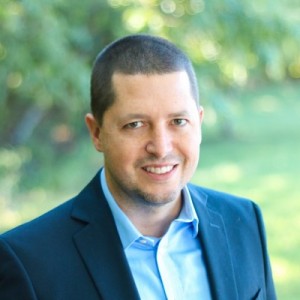- Video Library
- Will Mauldin Presents Rivanna Medical at LSI USA '23
Will Mauldin Presents Rivanna Medical at LSI USA '23

Will Mauldin
Dr. Mauldin received his doctorate in biomedical engineering from the University of Virginia with an undergraduate degree in applied science from the University of North Carolina, Chapel Hill. Immediately following his graduate training, Dr. Mauldin held an academic appointment as an Assistant Research Professor in the department of biomedical engineering at the University of Virginia where he developed an extensive record in clinical ultrasound research and currently holds over 60 peer-reviewed publications and patents. Dr. Mauldin currently serves as Chairman and CEO of Rivanna Medical, Inc. where he is building and leading a talented team of industry professionals to elevate global standards of care through the commercialization of the company’s world-first Accuro product line and associated medical imaging-based technologies. In this capacity, Dr. Mauldin has led strategic planning, formed industry partnerships, and attracted over $90M in funding through private and public sources that includes an up-to $65M contract with the Biomedical Advanced Research and Development Authority (BARDA).
Will Mauldin
Dr. Mauldin received his doctorate in biomedical engineering from the University of Virginia with an undergraduate degree in applied science from the University of North Carolina, Chapel Hill. Immediately following his graduate training, Dr. Mauldin held an academic appointment as an Assistant Research Professor in the department of biomedical engineering at the University of Virginia where he developed an extensive record in clinical ultrasound research and currently holds over 60 peer-reviewed publications and patents. Dr. Mauldin currently serves as Chairman and CEO of Rivanna Medical, Inc. where he is building and leading a talented team of industry professionals to elevate global standards of care through the commercialization of the company’s world-first Accuro product line and associated medical imaging-based technologies. In this capacity, Dr. Mauldin has led strategic planning, formed industry partnerships, and attracted over $90M in funding through private and public sources that includes an up-to $65M contract with the Biomedical Advanced Research and Development Authority (BARDA).

17011 Beach Blvd, Suite 500 Huntington Beach, CA 92647
714-847-3540© 2025 Life Science Intelligence, Inc., All Rights Reserved. | Privacy Policy







